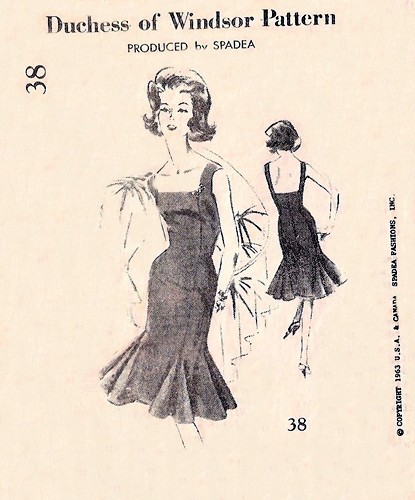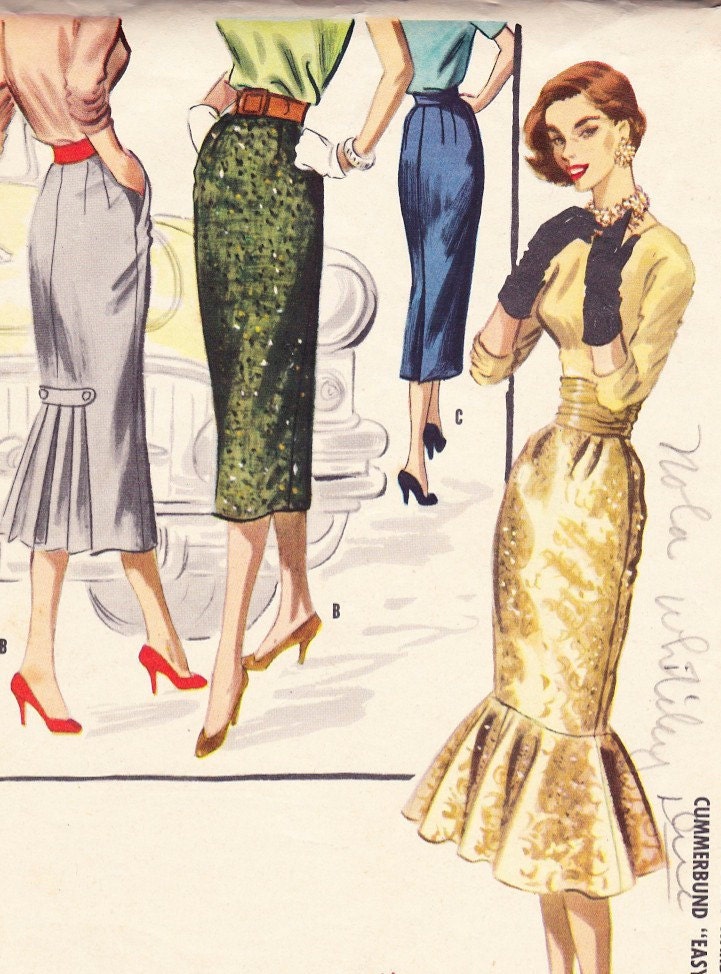When I started collecting vintage patterns, I had no idea what I was doing - none! I just discovered a world I didn't know existed, liked it and went from there. Here's what I've learned so far......
1. Collect what you like or what you like to wear.
This is simple, individual and it's much more fun to you collect what you like. For me, I soon learned I leaned heavily towards the glamour of evening wear, so I tend to collect cocktail dresses, gowns and wedding dresses. Not something you use or sew everyday but so lovely to look at.
For you, it could be lingerie, aprons, children's costumes, day dresses, separates, coats, jackets - you get the idea - the possibilities are endless.
2. Select a period that you like (if you have one)
This could be anywhere from the 1920s to 1980s. The older the pattern, the more difficult it can be to find and perhaps more expensive. Older pattern are sometimes in poorer condition, so be prepared.
For me, it's mostly the fifties and early sixties but I do stray into other periods if I like the pattern or I happen upon a bargain.
3. Decide on the size range you wish to collect
Are the patterns for you? If so, you need to understand your measurements and how they relate to vintage patterns. Vintage sizing is vastly different from today's commercial pattern sizing so you'll have to double check the measurements before a purchase.
4. Do you want the pattern new and unused?
Does this matter to you? Many vintage patterns are already cut (some more carefully than others). They are often still very useable for sewing especially if they have been carefully folded and stored. Other patterns can be found as "factory folded" - these patterns have not been opened or pieces unfolded. Factory folded patterns often command a premium.
5. How much do you want to spend?
This is a big one. It's very easy to get carried away and blow a budget. Trust me, I've done it. It's worthwhile deciding what your budget is and ultimately what you're prepared to pay for each pattern. More about pricing in a future post. When purchasing, I generally have a ceiling price in mind. Sometime I will go crazy if I love the pattern but I usually try and keep it in perspective.
As a rule of thumb - be prepared to pay higher prices for older, factory folded patterns especially if they are designer patterns, beachwear (go figure) or evening wear.
I'd love to hear what you look for when buying patterns? Do you have particular type of patterns you collect?


















































